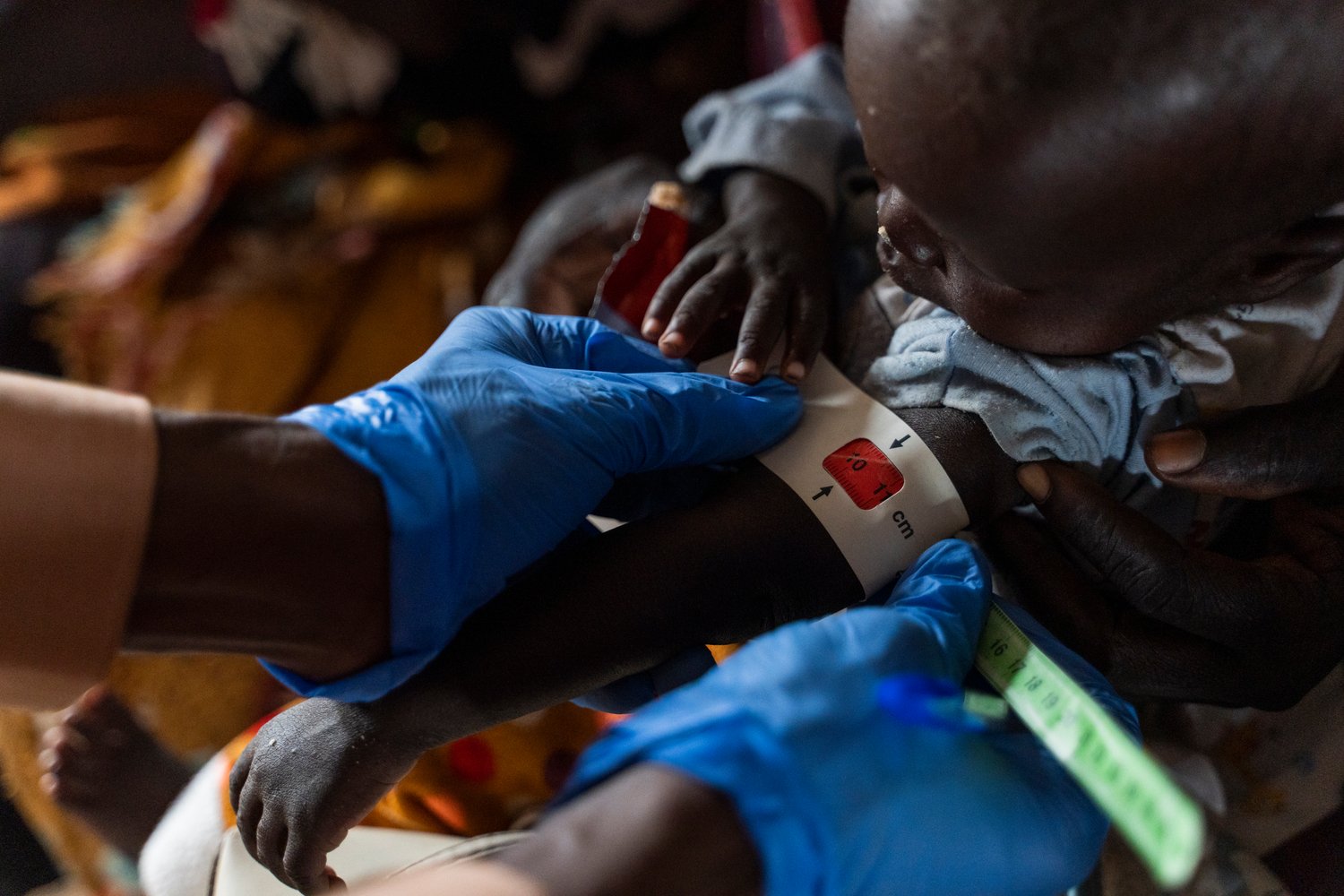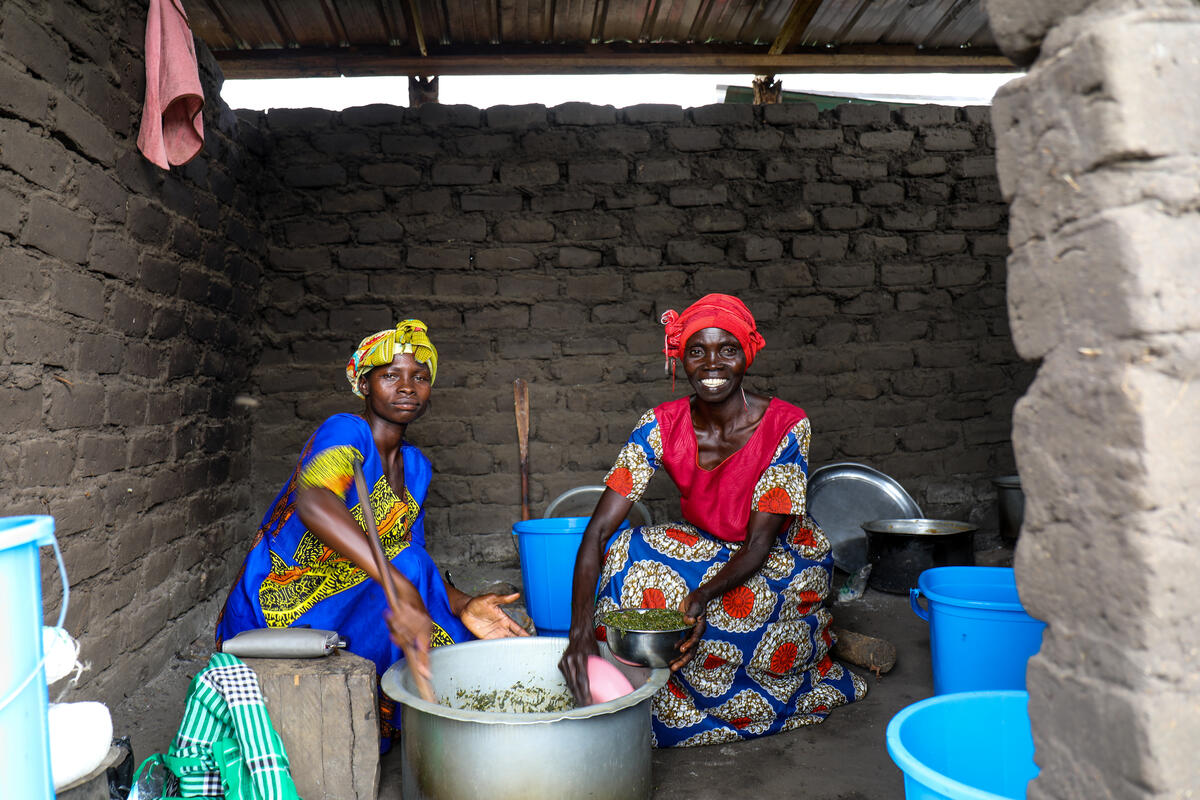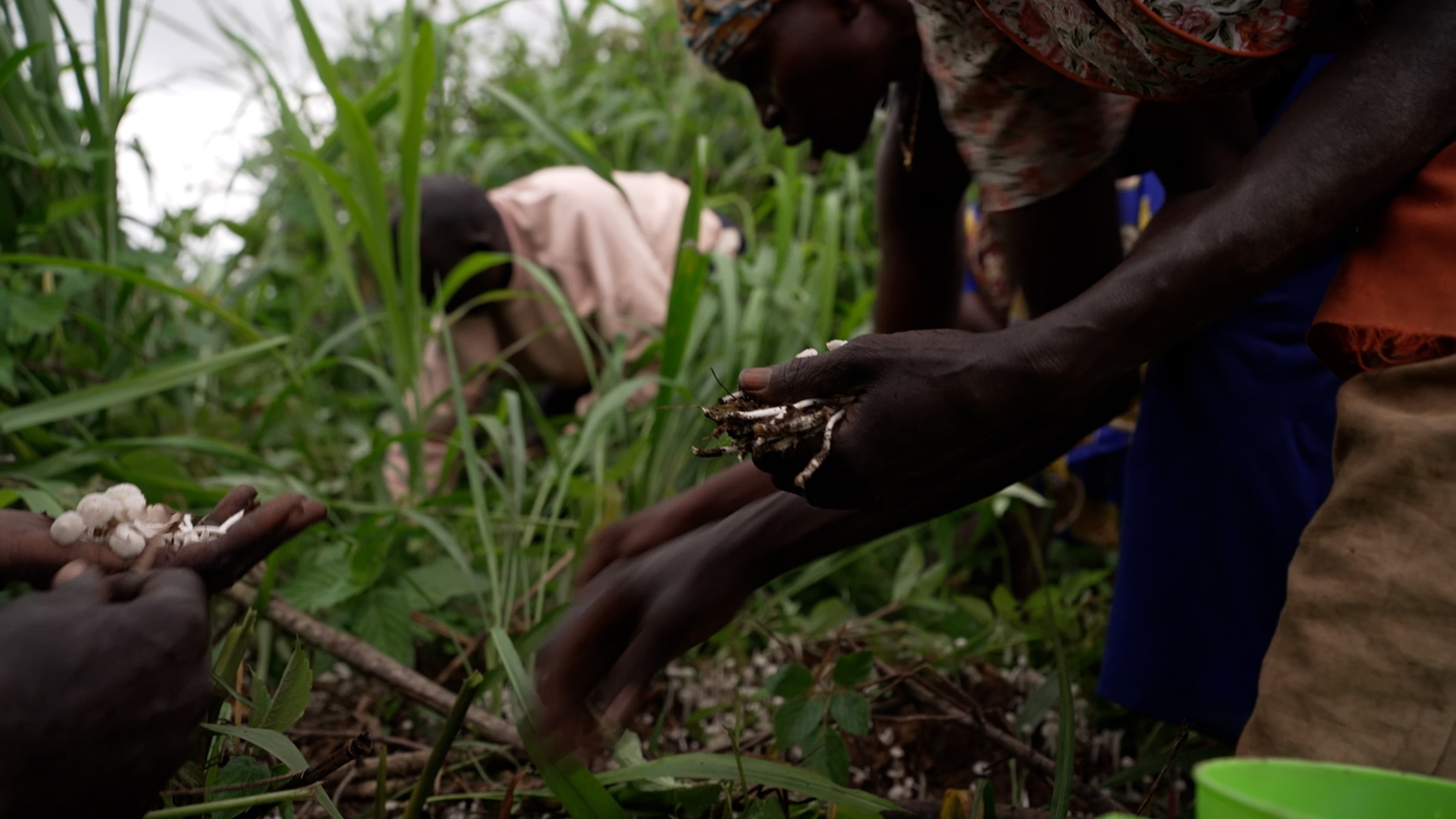A boy named Boat

A boy named Boat
The last thing Martha needed was another complication. Heavily pregnant, she had fled her home in South Sudan as the conflict drew near and made her way onto a 100-foot ferryboat plying the White Nile. But before reaching safety the engine stalled. With no shade from the fierce sun, Martha was adrift in the middle of a war zone. And then her water broke.
"Of course if I could have planned things, I would not have planned it like that," she says, chuckling. "But what was I to do? It was the time to deliver the baby, and everyone knows you cannot stop that once it has begun."
Her husband was with her, but when asked if he helped she laughs long and hard. "No, there were others – ladies, strangers mostly – who lay me down and brought me towels and water and helped me," she recalls. "I was lucky: It did not take long, and soon the baby was born."
It was a boy, a healthy, strong son that she quickly named Boat, in honour of how and where he first came into the world, that stress-filled day at the beginning of what would become a stress-filled year for Martha and all other young mothers in South Sudan.

Fighting between supporters of rival politicians that erupted in the capital, Juba, on 15 December 2013, soon spread across the country's centre and east. It has since taken on violently ethnic overtones as armies drawn from traditionally rival tribes, the Dinka and the Nuer, fought for months.
Tens of thousands of people, most of them civilians, have died, and close to 2 million – more than one in every six South Sudanese – have had to flee their homes. In their wake, militia laid waste to homes, schools, airfields, roads and telephone networks.
And clinics and hospitals, too. Even before the current crisis, South Sudan ranked near the bottom of every international table of health indicators. The Ministry of Health has said there were 120 doctors and 100 registered nurses for the 11 million people in the country, working in fewer than 40 hospitals and clinics in a country about the size of France. Few health centres had electricity. Operating theatres were nearly non-existent.

For maternal and child health, the situation was even more stark. South Sudan is one of the most dangerous countries in the world to give birth, with one woman in every 136 dying in childbirth, according to World Health Organization (WHO) data from 2013. Fewer than one in five gives birth with a trained midwife present, and six in every 100 babies do not survive to their first birthday.
Now, after 13 months of fighting, returning even to those levels and rebuilding the basic structures that housed clinics and health centres in rural areas across the fighting zone will take a great deal of time and money.
"In terms of providing health services to the general population, not just pregnant women and mothers, the conflict has set everything back significantly," says Maria Ferrante, a UNHCR protection officer in South Sudan. "It will be challenging just to get to where we were before December 2013."
In the meantime, people displaced inside South Sudan, and those who have fled to neighbouring countries, are all trying to find health care wherever they have found safety from the fighting. "UNHCR and its health partners are doing all we can to improve people's access to basic healthcare," Ferrante says, "but there are grave challenges."
Meanwhile, mothers who have fled their homes and ended up settling in temporary sites for internally displaced people (IDPs) say they have no reason to return, because facilities where they are now are often far better.

Martha was on her way to Mingkaman, not long ago a village of 7,000 inhabitants on the west bank of the River Nile. Now it's home to more than 100,000. International humanitarian agencies have established extensive social facilities here, including new hospitals.
In one paediatric ward, six-month-old Matet Deng lays against the chest of his mother, Nyariak Jok, panting in the heat. His brother, Chuol, who is three, sits on the edge of the bed. Nyariak raises a quick smile in greeting, but the worry on her face is clear to see.
"Both of these children have been very sick since that war started," she says. "First, when we were running, Chuol had fever, vomiting and diarrhoea for nine days, but all we could find to give him was paracetamol tablets. You know with those symptoms it was something serious, but there was nowhere to find proper treatment. Only by God's grace was he spared."

During the fighting, it is children who suffer the most. The WHO estimates that children below age five account for nearly half of the 1,283 deaths recorded in IDP sites since the start of the conflict.
Now Chuol's baby brother, Matet, is ill too. Doctors say he has malaria and pneumonia. Although very weak, he is gaining strength each day.
"He's only improving because they have very modern facilities here," says Nyariak, gesturing to the white canvas tunnel tent that serves as a medical ward, with its eight rusting metal beds, thin mattresses and hot breeze. To outsiders, it looks rudimentary. But there are doctors, pharmacists and nurses. Also medicines and sterile equipment stacked on shelves ready for use.
"If we were at home, could he not have died?" Nyariak continues. "We will stay here now. There is no reason to go home. There were good facilities, but they are all destroyed."

Two tents down, in the maternity ward, Nyandir Awan lays on a bed in the recovery room, cradling her two-week-old daughter, Adol. She is the first of Nyandir's children to be born under professional supervision. Three others were born at home, but two of them died within days of delivery. "I can only imagine the other babies would still be with me if I was here when they were born," she says.
Back at her swept-clean compound, Martha cradles Boat to her breast for his afternoon feed, as the sun begins to dip towards the horizon. She remembers the fighting that tore through her neighbourhood just days before his birth. Where she is now, she feels safe, and care is close by.
"You'll find me the last person to leave this place," she says, with another chuckle. "After what happened to me, I don't want to go to live somewhere where there is no help for us if we need it. I will stay here."








